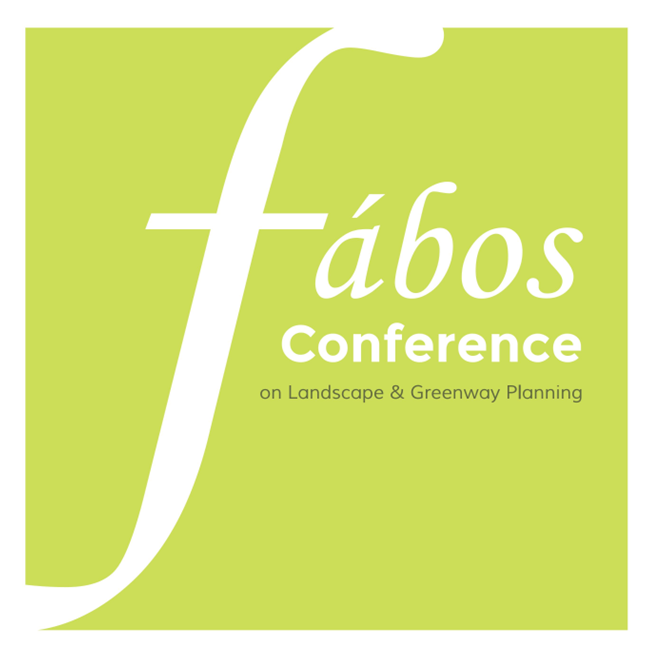Ecological Networks and Ecosystem Services in Urban Regions Implementation and Planning Practices
- Mina Di Marino (Aalto University, School of Arts, Design and Architecture, Department of Architecture)
Abstract
In recent decades, urban developments, agriculture and growth of grey infrastructures have affected urban landscapes. The rapid expansions of cities have increasingly caused loss of biodiversity, degradation and fragmentation of habitats. In this context, Ecological Network (EN) and more recently Ecosystem Services (ES) have been the subject of increasing attention among academics and in global and European policies. EN has represented a concept to consider and plan for preserving biodiversity and sustainable use of resources. EN also provides ES, for instance, recreational services (such as the access to green space, recreation, and educational resources) and supporting services (such as safeguarding biodiversity and protecting natural environment). The benefits provided by those two ES have been mostly emphasised in the research fields of regional and urban planning. In addition, several metropolitan regions and cities have defined objectives that EN is meant to pursue, as well as planning practices to adopt. However, there is a clear difficulty to effectively implement EN concept and adopt sustainable planning practices. Often ENs are not considered within built areas and where new developments are proposed. On the other hand, the introduction of the ES concept is still limited in land use planning. Comprehensive studies on how the concepts of EN and ES have been employed in urban regions are still very limited. This study aims to understand the implementation of EN and ES concept in land use planning and the current use of both concepts in planning practices.
Keywords: greenways, ecosystem services, ecological networks, planning, urban
How to Cite:
Di Marino, M., (2016) “Ecological Networks and Ecosystem Services in Urban Regions Implementation and Planning Practices”, Fábos Conference on Landscape and Greenway Planning 5(1). doi: https://doi.org/10.7275/fabos.649
Downloads:
Download PDF
159 Views
43 Downloads
